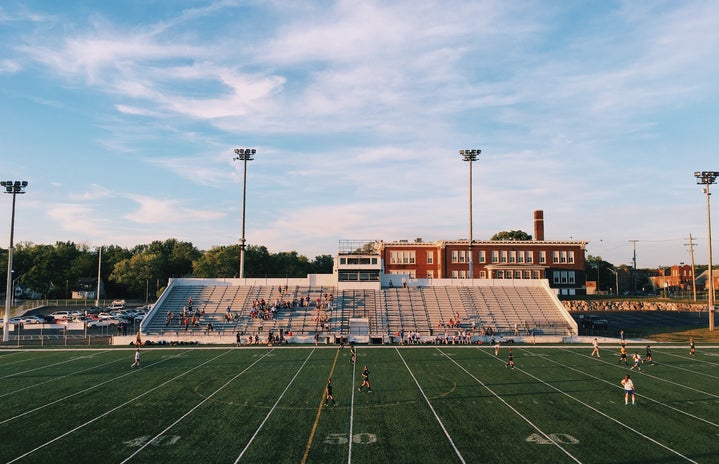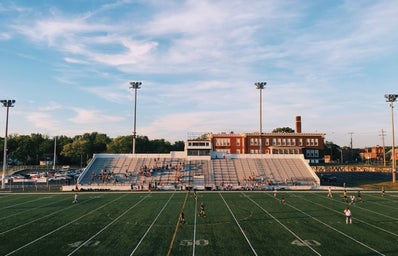The problems of gender equality within sport are discussed on a regular basis, especially in football. Why are there no women managers in the Premier League? How come Women’s football is rarely televised? Why is there such a lack of popularity compared to Men’s football? All of these are important questions to consider; however, instead of tackling these why not strike at the root cause of the lack of popularity: girls’ football itself.
Many young girls love to play football on a weekly basis for local mixed teams, but without the support of an academy they are essentially ‘doomed’ from the offset. The ever encroaching barrier of having to leave mixed football at a set age is something which can put off many girls.
That’s not to say we should solely focus on the younger generation of female footballers. It is true that if women’s football was publicised and broadcast on a more regular basis then maybe it wouldn’t seem such a daunting prospect to so many young girls who see football as a hobby, escape route from other aspects of life and even as a career.
Take the experience of 19 year old Sophie Storr, from Leeds, West Yorkshire. Sophie played for a local team named Calverley United for a number of years and won the prestigious junior clubman (or rather woman) for her service to the club, amongst many other individual awards.
Sophie (far right) played football from a young age.
“I remember playing football at a younger age well; I’ve always had a great interest in the sport. It was tough when I was forced to drop out when at the ‘Under 11s’ stage and the lack of opportunities didn’t help.”
Being forced to leave at such a young age is a major issue. In addition to this, the lack of opportunities for girls and the roll of the media in promoting a specific image for teenage girls only enhance this issue. “Girls just need to get used to the idea that engaging in a bit of ‘rough and tumble’ doesn’t immediately make you masculine. I look back now on one occasion where one of my teammates bust my nose after firing the ball at my face (accidently of course). I was literally sat for hours trying to stop it bleeding and at the time it was pretty scary but I can look back now and laugh.”
Sophie has now rekindled her love for the sport by joining her university football team and so far she’s having a ball. It seems that University provides a solid platform for many girls who wish to play football, although unfortunately for some, by this time it is too late. Many budding football stars have been lost to the world of being a ‘proper girl’; a stereotypical image fuelled by the media, due to a lack of support and opportunities during their earlier careers. Sophie herself admits:
“I’m not as ‘up and at ‘em’ as I used to be and I think that does come from the influence of the media of how a teenage girl should be. But I’ve managed to strike a nice balance now and I think that’s key.”
Sophie now.
Is this simply a question of equality? Perhaps it is more a question of providing more opportunities for girls in football: more funding for clubs around the country as well as an intensification of advertisement to increase the popularity of girls’ football. It seems though that things are improving; as recently as May this year the FA increased the mixed football age group to U15. We must not forget that there is a limit to all of this as boys begin to go through puberty – it is scientifically proven that men are physically stronger than women.
This is why a combination of increased access to opportunities, advertisement and not forcing girls to leave their clubs so early, is needed for the Women’s game to challenge men’s football in terms of its popularity.
Sources:
http://www.thefa.com/News/2013/may/mixed-football-extension-u15
Edited by Luisa Parnell

